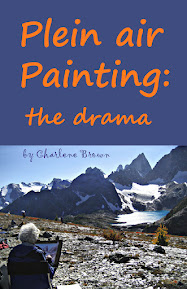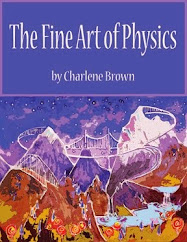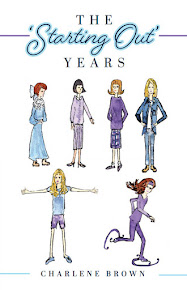©2021 Charlene Brown
I’m the layout editor for a publication called Happenings put out by the Associates of the Art Gallery of Greater Victoria. Besides writing about the group’s fundraising activities, we have always invited members to submit stories about their own art-related international travel. But those stories dried up about a year ago, a few weeks after the pandemic got a grip on ‘happenings’ of any kind.
Fortunately someone suggested we invite people to write about their collections. This series has been very popular, with stories about collections ranging from Western Canadian paintings and Inuit stone cut prints, through opera LP covers and jail keys to ceramic vegetables and illuminated manuscripts. More and more Associates have accepted our invitation to write about their stuff as they discover that the collections don’t need to be particularly valuable (though some are) just interesting. My collection is scheduled for publication next year.
People often include stories about the variety of circumstances that got them started on their collections. Here is mine.
When we moved to Dubai and I was planning to do a lot of travelling, I thought I might collect elephants from various places. We already had a very good ‘starter’ set. My husband had several huge rosewood elephants he got in India in the 60s and I had a tiny brightly painted herd from Sri Lanka given to me in the early 80s. But then it occurred to me that many of the countries (like, every country not in South Asia or Africa) to which I hoped to travel would be unlikely to have a typical elephant that I could add to my collection.
Collecting horses made more sense — lots of countries have iconic horses. Also, I am a Horse — it’s my Chinese Zodiac animal.
From left to right, beginning in the top row, the horses in the painting above are:
· Etruscan horse and chariot: the Etruscan civilization in Northern Italy was assimilated by Rome in the 6th century BCE. However, this particular stylized version of Etruscan sculpture, although obtained in Italy and identified as a Riproduzione Archeologica, is a mid-20th century CE American design.
· A 21st century Native-American themed ‘collectible’
· Authentic replica of the Flying Horse of Gansu (200 CE) also known less poetically as The Galloping Horse Treading on a Flying Pigeon
· Arabian show horse purchased from a vendor who had dozens of them spread out on the sidewalk beside the El Djem Roman amphitheatre in Tunisia. Probably not an authentic replica
· Traditional Dalecarlian carved and painted horse obtained in Stockholm
· Traditional Oaxacan wood carving of a flying unicorn or alicorn obtained in Huatulco.
· Sharjah Horse: traditional wood carving with inlaid brass and copper armour, from the Emirate of Sharjah, near Dubai in the United Arab Emirates.
· Authentic replicas (larger one has a seal from the National Archaeological Museum in Athens) of a bronze horse from the Greek Geometric Period (900–700 BCE)
The reason I decided on this montage, rather than a grouping of the whole stable, is that they are by no means the same size. A couple are about 15 cm high, and most of the rest are from 6 to 8 cm high — except for my favourite, the Sharjah Horse, which is 60 cm high.










